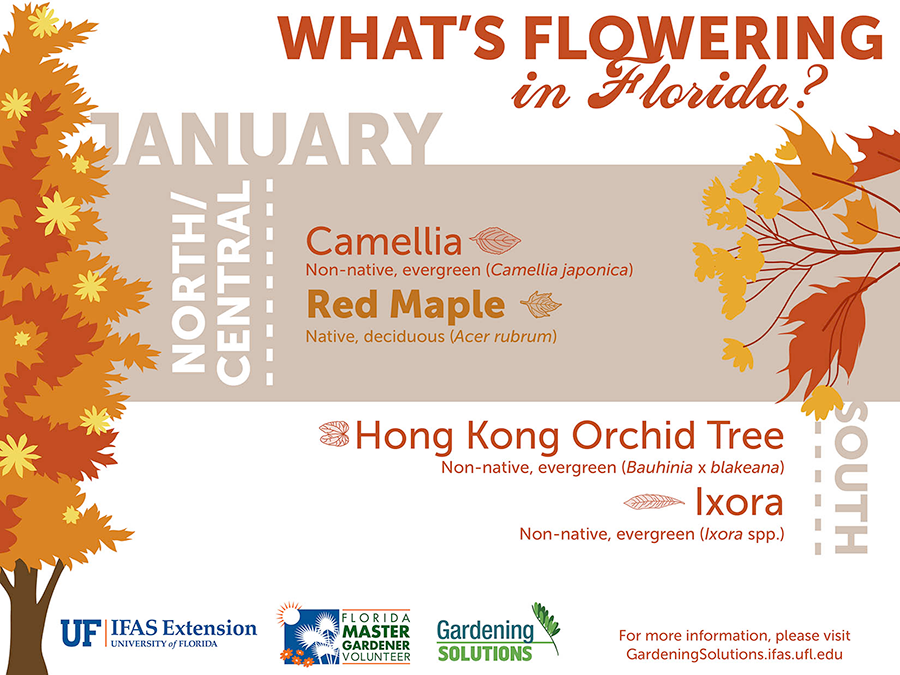When it concerns land management, have you considered the lasting benefits of stump grinding? By addressing the residues left behind after tree elimination, this practice not only help in dirt wellness improvement however also plays a critical duty in preventing disintegration and supporting biodiversity. The environmental advantages of stump grinding extend much beyond simple aesthetic appeals, using a lasting solution that balances with nature's intricate systems.
Dirt Wellness Renovation
Seeking to improve the quality of your soil? Stump grinding can be a game-changer for improving dirt wellness on your residential or commercial property. By eliminating old tree stumps, you're developing room for brand-new development and permitting vital nutrients to return to the soil.
As the stumps break down with time, they release organic matter, enriching the dirt and advertising far better plant development.
On top of that, stump grinding helps to freshen the dirt, permitting better water seepage and root development. Compacted dirt can impede plant development and water absorption, however by grinding stumps, you're loosening the dirt and creating a much healthier setting for your plants.
In addition, stump grinding can likewise assist to prevent insect infestations and illness that old stumps may bring in. By removing these prospective threats, you're developing a much safer and much more productive landscape.
Erosion Prevention
To avoid dirt disintegration efficiently, stump grinding plays a crucial function in preserving the stability and honesty of your land. By getting rid of unpleasant stumps from your home, you're likewise minimizing the threat of erosion brought on by water runoff. Stump grinding eliminates obstacles that can disrupt the all-natural circulation of water throughout your land, avoiding soil disintegration at the same time.
When stumps are left untouched, they can function as barriers to water circulation, triggering dirt to remove during heavy rainfalls. This erosion not only harms your land yet also adds to sedimentation in close-by water bodies, hurting marine ecological communities.
Stump grinding aids to stop these issues by leveling the ground and promoting correct water drainage, minimizing the chance of disintegration.
Biodiversity Support
Maintaining healthy biodiversity on your land is essential for developing a prospering ecological community. By using free tree removal service near me grinding as a sustainable land management method, you can considerably support biodiversity.
Stump grinding helps advertise biodiversity by producing new environments for different plant and animal types. The elimination of stumps allows for the regeneration of native vegetation, which in turn draws in a varied series of wildlife. Pests, birds, and little animals grow in these recently available locations, contributing to the overall biodiversity of your land.
In addition, stump grinding aids protect against the spread of illness and pests that can damage plant types, thus protecting the eco-friendly equilibrium on your building. By eliminating old stumps, you develop area for new plant development, which enhances the general health of the ecological community.
This much healthier setting sustains a wider selection of types, promoting biodiversity and producing a much more resilient ecological community in the long-term. Welcoming stump grinding as part of your land management approach can have lasting favorable results on the biodiversity of your land.
https://www.recordnet.com/story/lifestyle/home-garden/2020/07/23/whatrsquos-growing-on-edible-landscape-is-good-for-table-world/112692334/
By utilizing stump grinding as a lasting approach to land management, you can improve dirt health and wellness, protect against disintegration, and support biodiversity. This eco-friendly technique not just profits the community yet likewise promotes the growth of vegetation and produces environments for different plant and animal types. Make iron bridge property management on the atmosphere by incorporating stump grinding into your land management methods.
